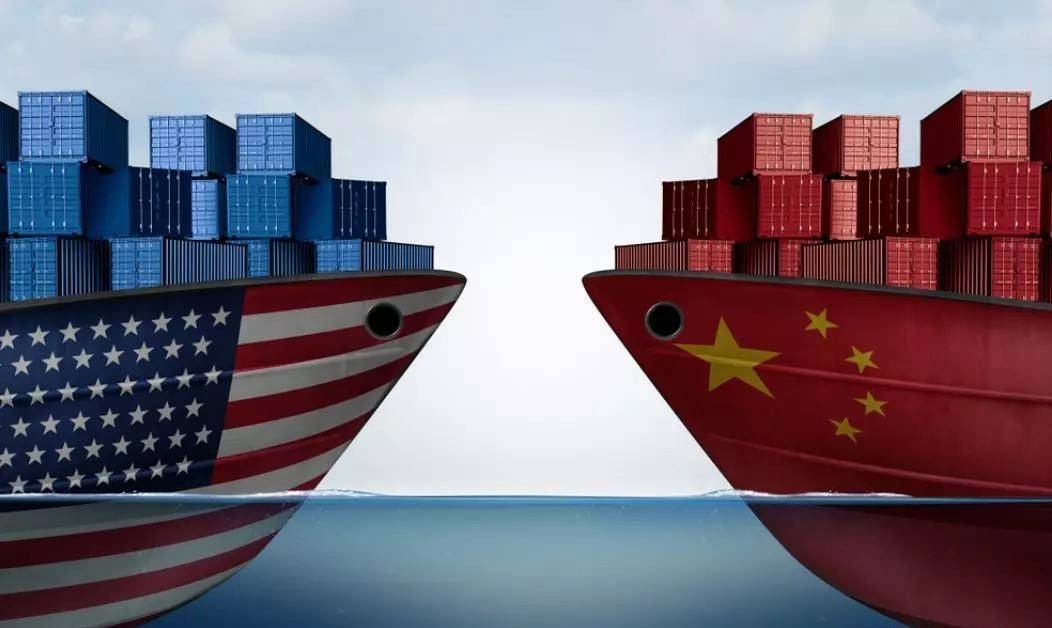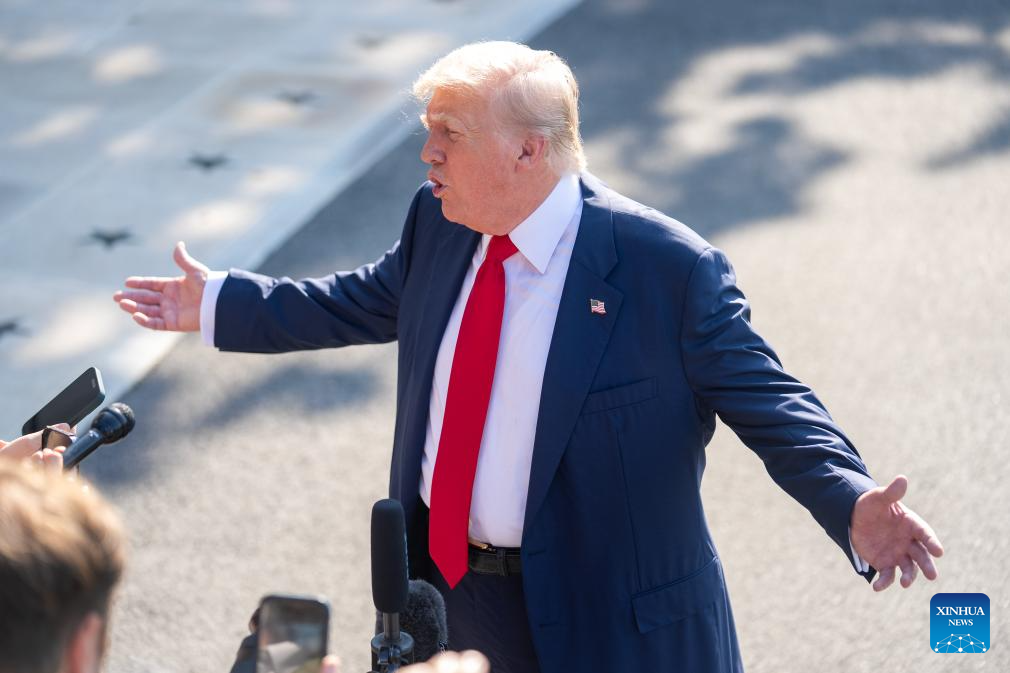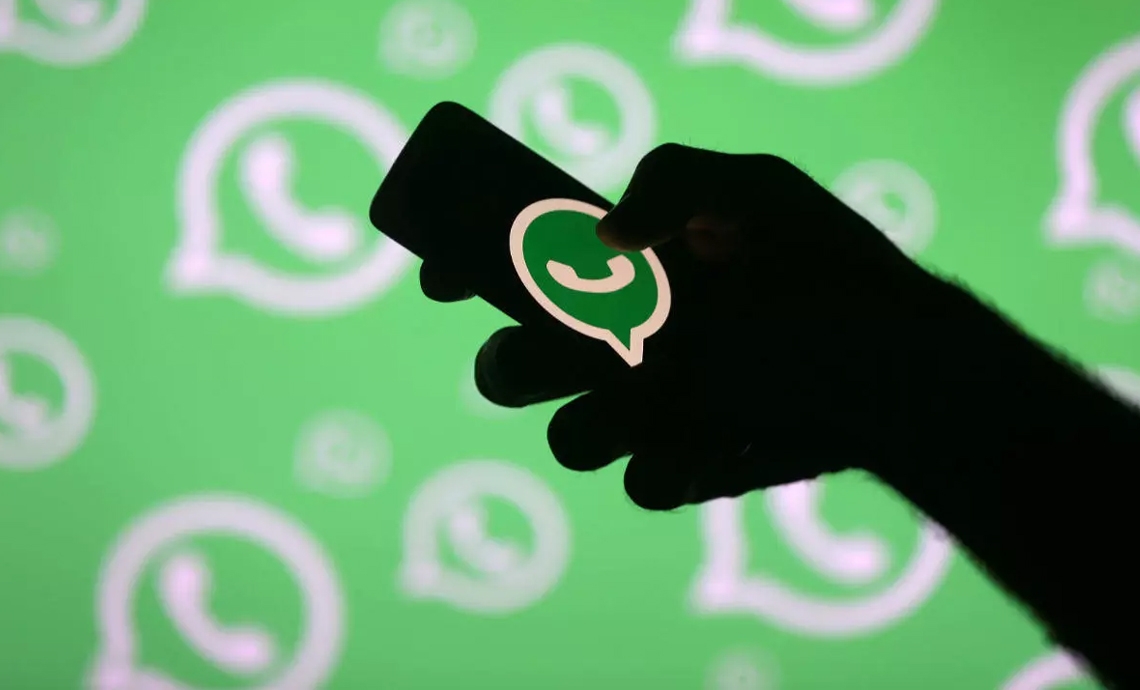The US House of Representatives on Thursday passed a resolution unanimously condemning “the Chinese Communist Party’s use of a high-altitude surveillance balloon over US territory…writes Yashwant Raj
As the spy balloon wafted across continental America over the past days, relations between the United States and China went from moderately cold to freezing.
Tentative first steps taken towards normalisation of ties from the stormy phase of Trump-triggered trade war and the Covid-19 pandemic, had led to the first in-person summit between Presidents Joe Biden and Xi Jinping in Bali, which, in turn, was to be built upon with US Secretary of State Antony Blinken’s first visit to Beijing, for wide-ranging talks, including a meeting with the Chinese President.
Blinken called off the visit — postponed, US officials have insisted — after the US declared the balloon an “unacceptable” violation of America’s sovereignty and international law and the US military shot down the balloon off the coast of South Carolina on February 4, over a week after it was first sighted over Alaska.
“As we made clear last week, if China threatens our sovereignty, we will act to protect our country. And we did,” Biden said in the State of the Union speech on Tuesday, referring to the downing of the balloon on his orders, which he had also made clear in remarks on Saturday.
And then, Biden went on openly to taunt Xi.
“Name me a world leader who’d change places with Xi Jinping. Name me one! Name me one!”
These remarks were not there in the copy of his prepared speech shared by the White House. And just to make sure it was not another of Biden’s gaffes — he is famously, or infamously, prone to them — he repeated that phrase in a sit-down interview with a local reporter.
A Chinese foreign ministry spokesperson said China had been smeared in the US President’s speech.
“It is not the practice of a responsible country to smear a country or restrict the country’s legitimate development rights under the excuse of competition, even at the expense of disrupting the global industrial and supply chain,” the spokesperson said.
The ministry also urged the US to work with China to “promote the return of bilateral relations to a track of sound and stable development”.
But Beijing will make the first move. In fact, it rejected a request from US Defence Secretary Lloyd Austin for a telephone call with his Chinese counterpart.

Beijing snapped military-to-military ties with Washington amid tensions over former House Speaker Nancy Pelosi’s visit to Taiwan.
The US and China are not talking.
But that could change, once both sides have vented their anger, especially the United States, which was understandably shocked by a Chinese spy balloon over the country.
Though its advantage over low-earth satellites, which countries normally use to spy on each other, is not immediately clear, its very existence overhead left many Americans extremely angry and calls followed for it to be shot down immediately, and every day’s delay was seen as further evidence of the Biden administration’s inability to stand up to the Chinese.
The US House of Representatives on Thursday passed a resolution unanimously condemning “the Chinese Communist Party’s use of a high-altitude surveillance balloon over United States territory as a brazen violation of United States’ sovereignty”.
The US has since said that the spy balloon came from a concerted Chinese effort to use such devices to spy on other countries and that they had been sighted over 40 countries in five continents.
Few names were given out by the Americans, but India was invited to a special briefing given by Wendy Sherman, Deputy Secretary of State and America’s top diplomat for China, to representatives from 40 embassies in Washington this week.
Did China send spy balloons over India as well? Possibly, though India hasn’t uttered a word about it yet. But a path may exist for the US and China to resume talks and get back to where Biden and Xi left off.
Beijing might have already shown that willingness with a rare gesture of contrition when the US first responded publicly to the balloon.
China expressed regret and said the balloon — “airship” — “is civilian in nature, used for meteorological and other scientific research. Due to the influence of westerly winds and its limited control capability, the airship deviated from its intended course”.
The Chinese leadership was looking forward to Blinken’s visit as an opportunity to put behind a scrappy past, first over the trade war triggered by former US President Donald Trump and then the Covid-19 pandemic, which started in China and shut down the world for almost two years.
They might just have to wait for the US to get over the balloon.














